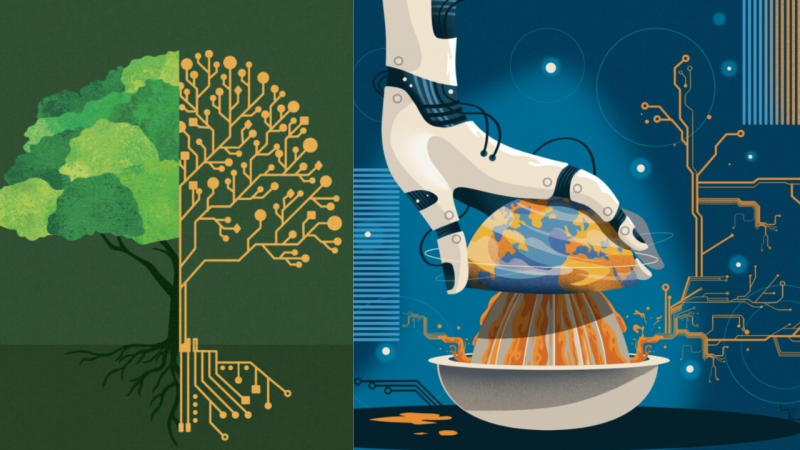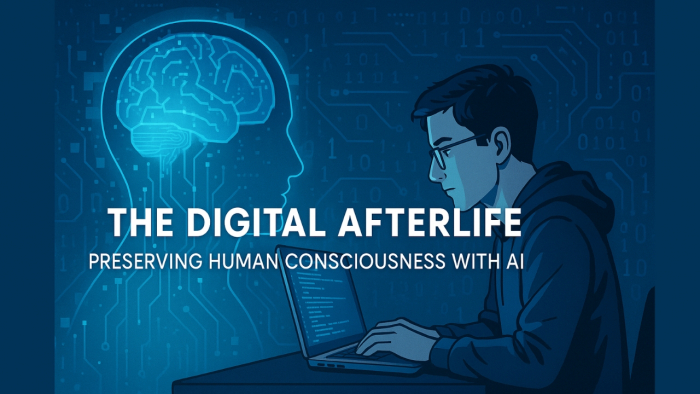Table of Content
Artificial intelligence has become the engine of innovation across industries. From healthcare to finance, AI systems now make critical decisions at scale. But as models grow larger, so do their energy demands. The question is: can we build smarter AI without burning through the planet’s resources?
Why AI Has a Carbon Problem?
Training large AI models is resource-intensive. A 2019 study from the University of Massachusetts Amherst found that training a single large natural language processing (NLP) model can emit as much carbon as five cars over their lifetimes. This comes from both the electricity used to power the hardware and the cooling systems required to keep data centers running.
As models like GPT-4 and beyond push past hundreds of billions of parameters, their training costs climb into the millions of dollars and megawatts of energy. In 2022, it was estimated that training OpenAI’s GPT-3 consumed about 1.3 GWh of electricity, enough to power over 120 U.S. homes for a year. The environmental trade-off is becoming harder to ignore.
Why Green AI Matters?
Yes, Green AI aims to make smart AI models more sustainable by reducing their environmental impact. Green AI is AI research that emphasizes efficiency, sustainability, and responsible use of computing resources. Green-in AI is AI research that focuses on optimizing model size and smarter model design. Green-by AI, on the other hand, refers to AI being applied to make other sectors more sustainable, such as optimizing energy grids or reducing waste in manufacturing.
What is the difference between Red AI and Green AI?
Red AI prioritizes accuracy and performance regardless of environmental cost. Green AI, however, balances performance with sustainability by minimizing carbon emissions and energy use. This distinction is critical for driving environmentally friendly AI development.

What is the difference between Green-in and Green-by AI?
Green-in AI is about building more efficient AI models directly, while Green-by AI leverages AI to support broader sustainability goals across industries. Both are essential, but Green-in AI ensures the technology itself doesn’t cause more harm, while Green-by AI uses AI as a tool for environmental problem-solving.
How Does Green AI Work?
Green AI works through several strategies that make computation more sustainable:
- Efficient Architectures: Smaller, optimized models like DistilBERT or ALBERT deliver high accuracy with a fraction of the energy cost.
- Hardware Innovation: Chips designed specifically for AI, such as Google’s TPU v4 or NVIDIA’s Hopper GPUs, reduce energy use per computation.
- Smarter Training: Techniques such as transfer learning, pruning, and quantization enable models to learn more quickly and operate with fewer resources.
These approaches focus on optimizing model size and smarter model design, ensuring high performance with lower environmental costs.
Green AI: How Technology Can Drive Sustainability Without Sacrificing the Planet
Big tech companies are adopting strategies to make AI greener. Google claims its data centers are twice as energy efficient as typical enterprise facilities. Microsoft has pledged to be carbon negative by 2030, and Amazon Web Services is on track to run on 100% renewable energy by 2025. Green AI companies are also emerging, offering sustainable AI solutions and promoting Green AI websites that share tools and resources for environmentally friendly AI development.
But renewable power alone isn’t enough. Energy grids are not yet fully green, and peak demand often forces reliance on fossil fuels. Efficiency at the model and hardware level remains essential. This is why green AI could be a solution to sustainability if implemented thoughtfully.
The Role of Policy and Transparency
One significant challenge of implementing green AI is the lack of transparency. Companies rarely publish the carbon footprint of training and running their models. Researchers like Roy Schwartz have called for “Green AI” reporting standards, where models are evaluated not just on accuracy, but also on their efficiency and emissions.
Policy can help too. The European Union’s proposed AI Act includes sustainability requirements, and initiatives like the Partnership on AI are pushing for industry-wide accountability. Promoting sustainable AI examples across industries can help set standards for responsible development.
What About Everyday AI Use?
Most of the carbon impact comes from training, not inference (day-to-day use). Once trained, running a model on a smartphone or laptop requires far less energy. For instance, on-device AI like Apple’s Siri or Google Assistant can run efficiently without relying on massive cloud servers.
Still, demand at scale matters. Billions of daily queries across search engines, chatbots, and recommendation systems add up. Environmentally friendly AI chatbots, for example, can reduce server demand by being optimized for efficiency. Companies that design learner inference models will reduce costs and emissions simultaneously.
The Future of AI Without the Carbon Guilt
The push for sustainable AI isn’t just about ethics; it’s about survival. As energy costs rise and climate concerns deepen, efficiency becomes a competitive advantage. A company that can train and deploy models with half the power use will save millions while improving its ESG (Environmental, Social, Governance) profile.
So, can smart models run without costing the planet? The answer is yes, but only if we rethink how we design, train, and deploy them. Green AI could be a solution to sustainability. The future of AI isn’t just about being intelligent. It’s about being responsible.
Post Comment
Be the first to post comment!


